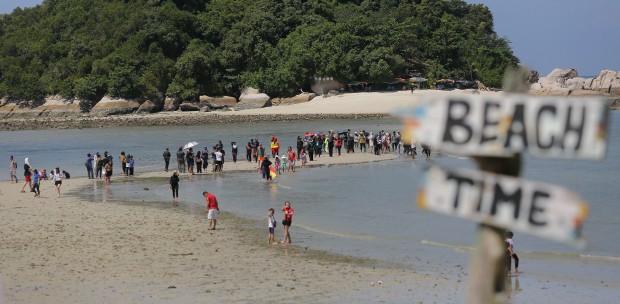David Bowden puts on a life jacket as he hops on various modes of watercraft in Malaysia.
ONE of the necessities of travel is movement and to see the world, travellers need to be transported from place to place.
We do this mostly on trains, automobiles and planes but some of the most fascinating forms of transportation involve various unusual modes of movement.
In the wilds of Borneo, rivers are in many cases, the only way for those living in remote villages to move around while in other areas, water transportation is a touristy way to explore the sites.
Here is a selection of some of Malaysia's most unique watercraft.
BUMBOAT, SARAWAK
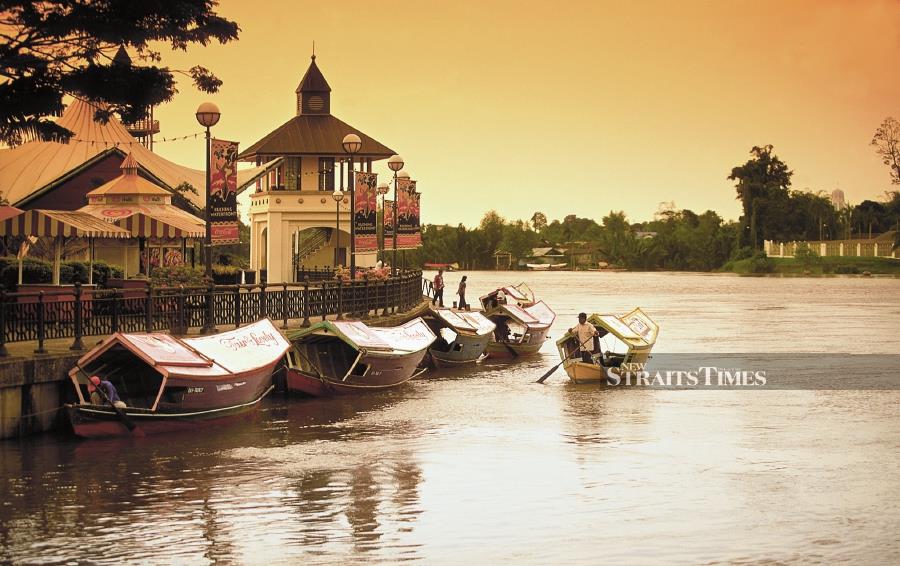
State capital Kuching is a city divided in two by Sungai Sarawak and small boats were once the only way to get from one side to the other.
Small tambang, twakows, sampans or bumboats capable of carrying a dozen or so passengers ferried folks living in the villages into the centre of the riverside city.
Boatmen, standing and using two crossed oars, once propelled these low wooden boats across the river before small outboard motors made the task easier.
The new space-age Darul Hana Bridge now offers an alternative to pedestrians and business for the boatmen has dropped off.
The vibrant Kuching waterfront lines the city side of the river while bumboats provide access to tourist attractions like the State Legislature building, Astana Negeri and Fort Margherita on the opposite bank. Admire the city from the river on a journey across Sungai Sarawak.
FERRY, PENANG
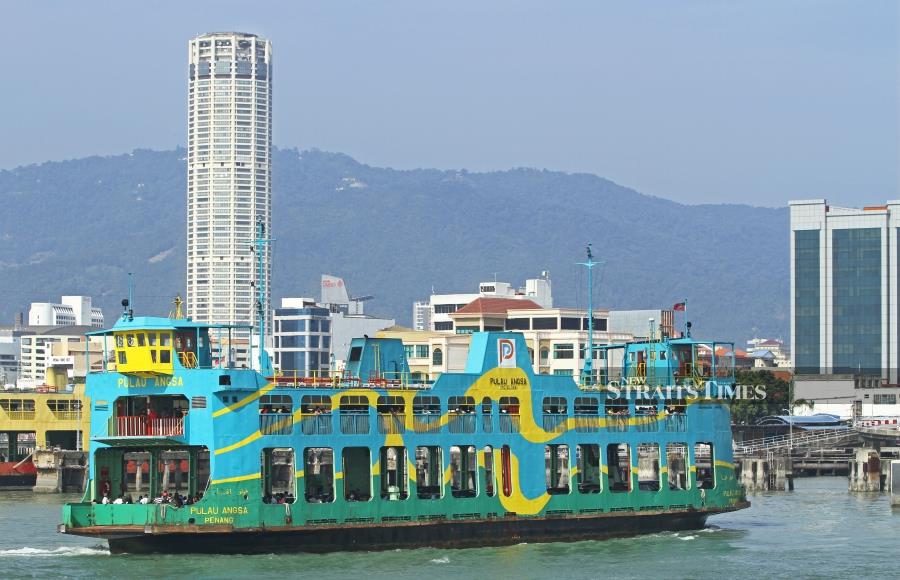
While there are now two bridges across the Straits of Melaka from the mainland to the island of Penang, one of the most adventurous ways to cross this famous and busy waterway is on a Penang ferry. However, the world changes despite Covid-19. The iconic Penang ferries are being phased out of service and from this year, cars can no longer travel on the old ferries, bikes are permitted on one ferry and passengers now have to use a catamaran service.
The new passenger catamaran service departs from the mainland transportation hub (trains, buses and ferries) of Pangkalan Sultan Abdul Halim Ferry Terminal to the new terminal of Swettenham Pier Ferry Terminal on the island.
While the new service is more sanitised and without the open-sides of the old ferry, the travelling time has been halved to just ten minutes.
LONGBOAT, SARAWAK
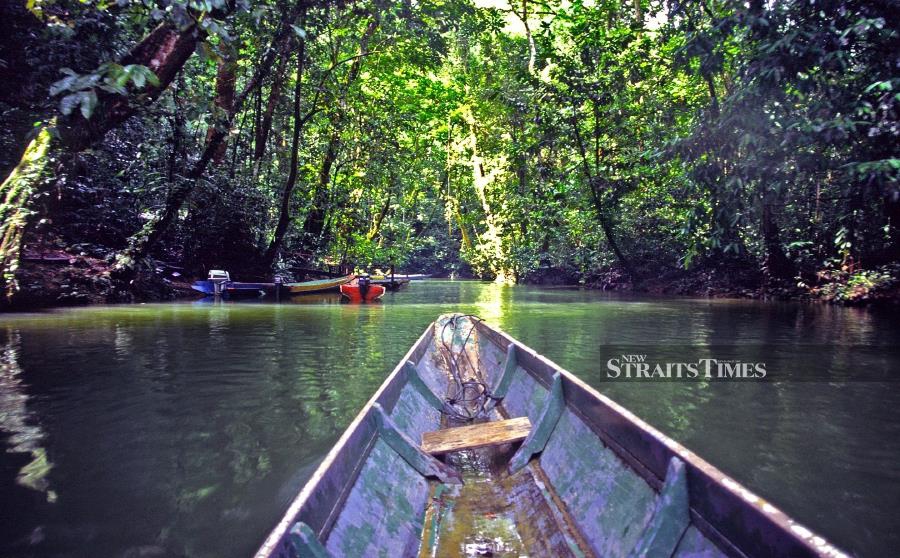
At 529km2, Gunung Mulu National Park and Unesco World Heritage Site is one of Malaysia's largest protected natural areas and, as such, visitors need to be mobile in their exploration of the park which was named after Sarawak's second highest mountain.
While some caves such as Deer and Lang Caves are only accessible on foot, the other two main caves of Clearwater and Wind are only accessible by longboat.
Boats can be hired from park headquarters while those on an organised tour will normally have Clearwater and wind Caves included in their itinerary.
The 5km journey along Sungai Melinau Paku is very pleasant with sufficient shade to ensure an enjoyable excursion.
The boats powered by a small outboard motor are open with seating one behind the other with enough room for about ten passengers.
Most tours stop at a Penan village on the way and boats will wait at the limestone caves while visitors enjoy a guide-led excursion through the wonders of geology.
PADDLEBOAT, LANGKAWI
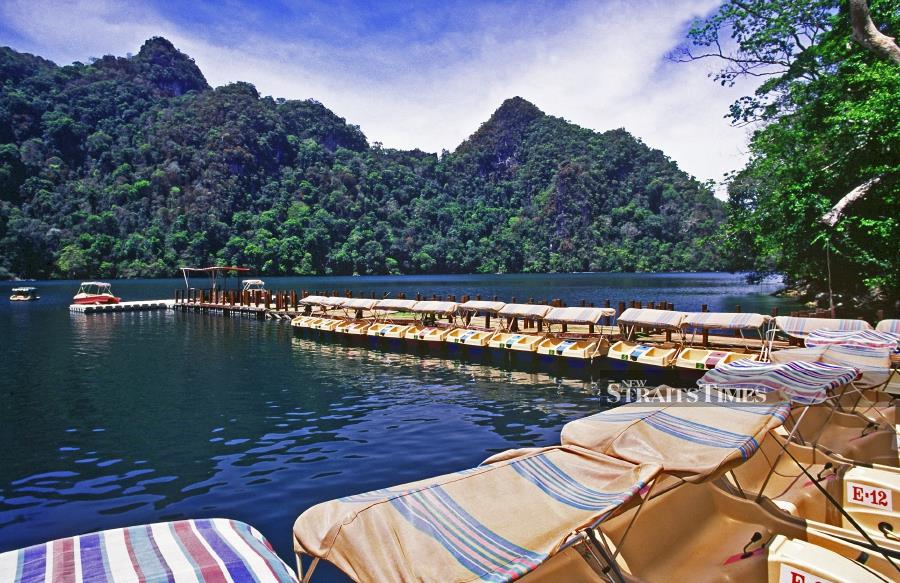
Tasik Dayang Bunting (Lake of the Pregnant Maiden) is a unique setting for one of Malaysia's slowest forms of transportation – pedal-powered boats on the serene lake.
These boats are more a pleasant distraction than a real means of transportation but adventurers can use them to travel to parts of the lake to admire its geological features.
Being a Geopark (geological park) Langkawi's unique rock formations set it apart from other regional resort islands.
The lake is perched above the surrounding Andaman Sea with a limestone wall holding the lake water's back.
Most visitors to the island come to swim in the lake comprising both fresh and saltwater, to admire the scenery and burn off some calories doing some recreational pedalling in a boat around the lake.
RIVER CRUISING, MELAKA
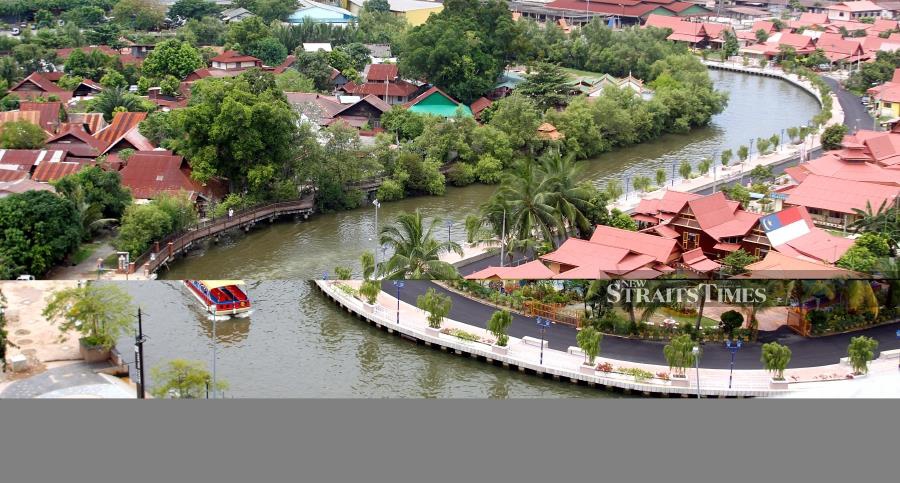
It wasn't so long ago that Sungai Melaka was little more than a drain before river cruising was seen as a valuable new tourist activity in an historic city already well geared up for tourism.
Fast forward a few years with a comprehensive clean-up of the river and now visitors to this Unesco World Heritage Site have the opportunity to take to the waters and head upstream to admire the backyards of those living along the river.
Tickets can be purchased at either the Spice Garden Jetty or Melaka River Square Jetty and, in line with a creeping tendency in Malaysia; foreign tourists pay a premium on the RM40 that Malaysian adults pay for the 45-minute journey.
The trip takes in the old Dutch Square, bridges, wall murals, Jonker Street, St. Francis Xavier Church and the ever-lively Kampung Morten. Services operate from 9.30am until 11.30pm.



